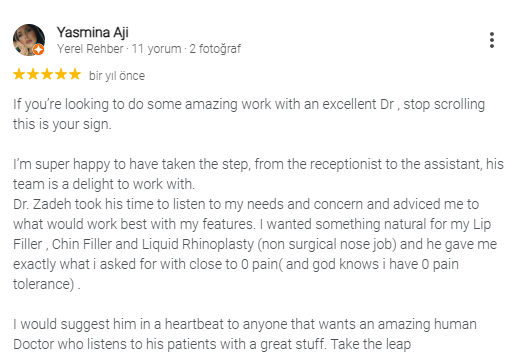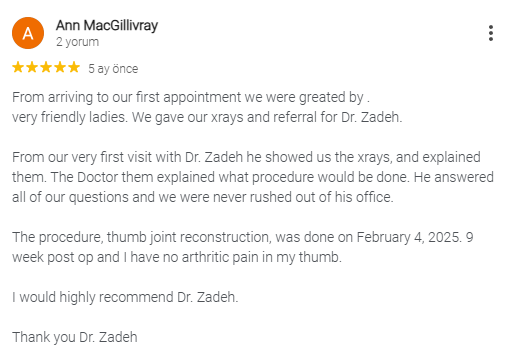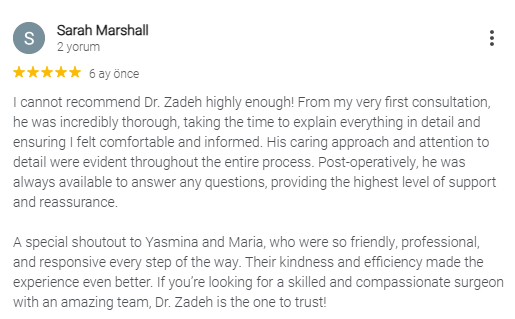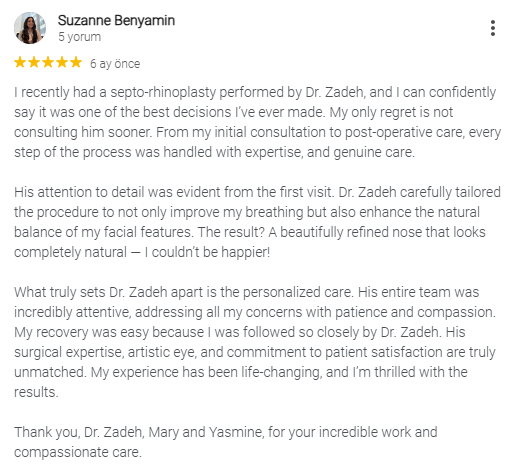Get Free Consultation
ARTISTRY, METICULOUS SURGICAL TECHNIQUE
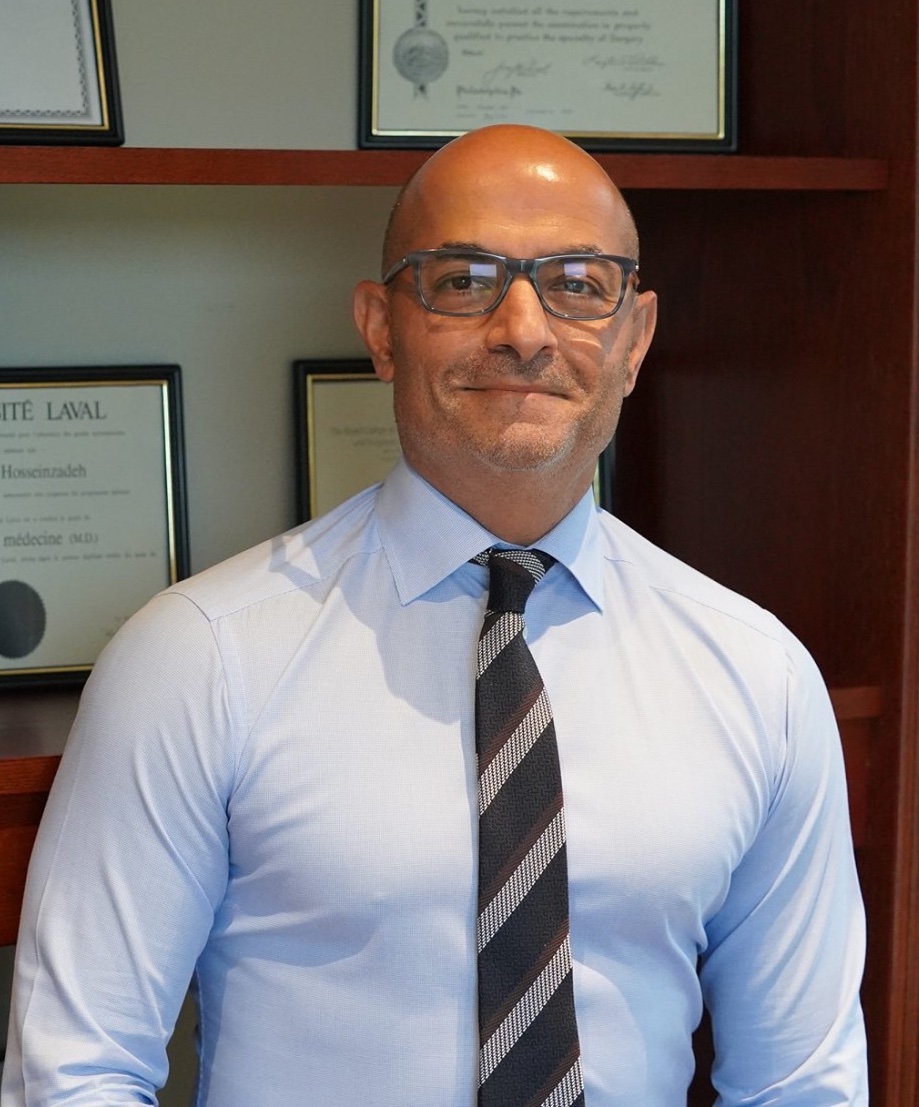
Born in Tehran, Iran, Dr. Teanoosh Zadeh first spent his youth in England before emigrating with his parents to Quebec.
He then completed his doctoral studies in medicine at Laval University in Quebec City. At age 21, he became a physician. Subsequently, Dr. Zadeh completed residency in General Surgery and then Plastic Surgery at McGill University Montreal, Canada.
Dr Zadeh has been board certified both in General Surgery & Plastic Surgery by The Royal College of Physicians and Surgeons of Canada in 1993 & 1994 respectively.
Certified with more than 26 years of experience, Dr. Zadeh has divided his time between his private aesthetic clinic in Westmount and the McGill University Health Center as an Assistant Professor of Surgery.
Each year, newly graduated plastic surgeons from around the world are trained through the expertise of Dr. Zadeh. As a result of his artistry and experience, Dr Zadeh lectures at National and International meetings to his peers as well as future plastic surgeons.
STEP BY STEP FACIAL SURGERY
Facial rejuvenation procedures can be divided into two main categories: nonsurgical treatments such as botulinum protein, hyaluronic acid injections, and skin treatments such as microneedling/ radiofrequency; and surgical treatments such as facelift.
Our appearance changes continuously over time due to a number of factors. Aging and sun exposure lead to the appearance of lines in the skin commonly known as wrinkles. Characterized by loss of volume in the soft tissue and a decrease in muscle tone, the skin of the eyelids, face, chin and neck sags and loses its shape.
In the case of a deep plane facelift, deep tissues are lifted and tightened. Excess skin and fat tissue are removed from the face and neck, giving them a more youthful appearance. It results in tighter, lifted and smoother skin on the face and neck. The benefits are significant. Patients considering a face and neck lift wish to regain a youthful appearance. They often describe their faces as “tired” while this does not reflect their actual energy level or youthful
outlook.
This procedure can be combined with a neck lift, brow lift, blepharoplasty (eyelid lift procedure), fat injections etc. in order to rejuvenate the entire face at once.
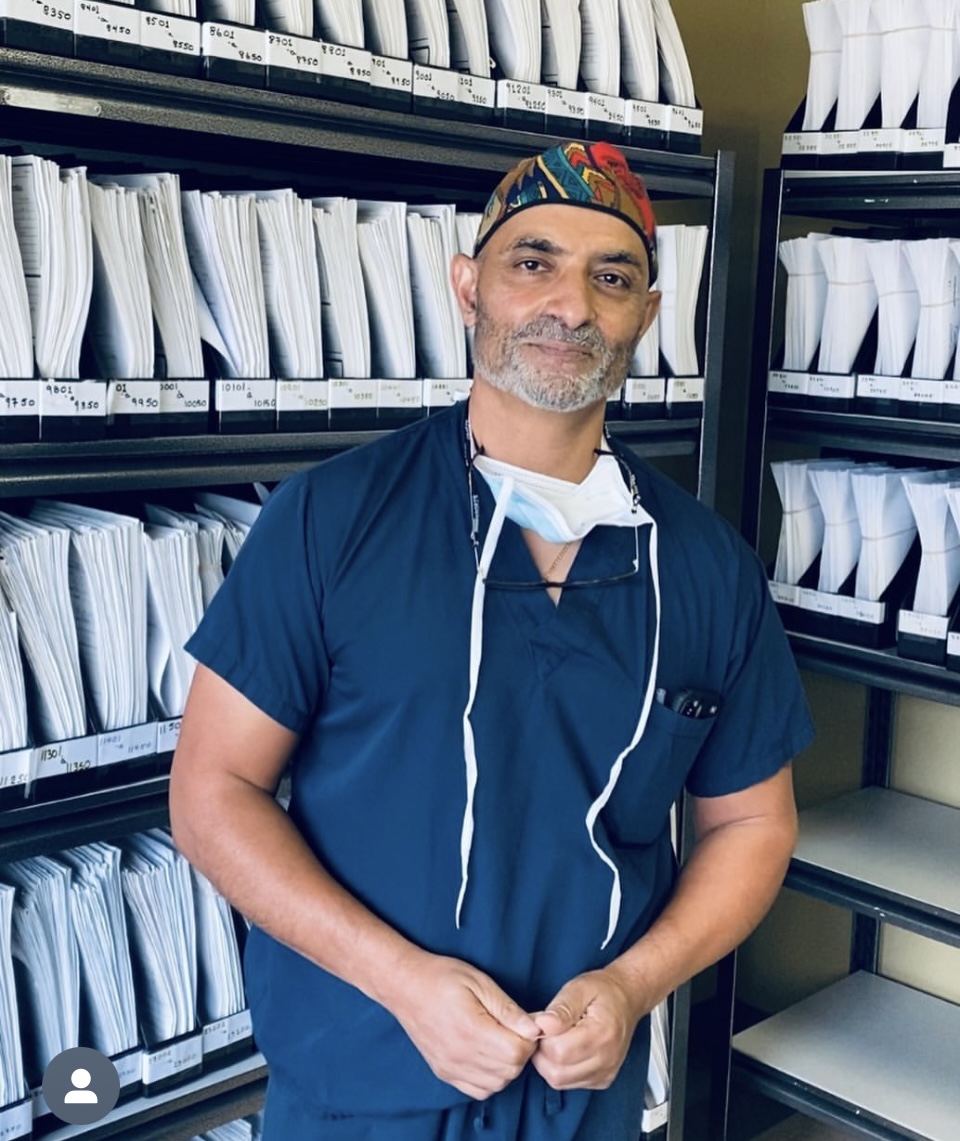
LEAVE YOUR NUMBER, WE WILL CONTACT YOU.

What is the Cost of Facelift Surgery in Montreal?
A facelift is a custom procedure, each one being entirely unique to the person’s anatomy and the desired outcome of the procedure. The cost of a facelift and neck lift with Dr. Zadeh ranges between $30,000 to $32,000 and can vary depending on how much correction is needed and the surgical technique employed. That ballpark price does include ALL fees however, including surgeon’s fee, operating room fees, anesthesia and before and after surgery visits. Please contact Dr. Zadeh to set up a private consultation, during which you can discuss if you are a candidate for facelift surgery and establish the cost for your custom-tailored procedure.
RECOVERY TIMELINE AFTER A FACELIFT
Healing from a facelift is a step-by-step journey, with noticeable improvements at each stage. Here’s a detailed timeline to guide your expectations:

First Week:

Two Weeks:

One Month:

Four to Six Weeks:

Three to Six Months:

Long-Term Results
FAQ
Answers to Frequently Asked Questions About Facelift Surgery Below
How long is the recovery period? Are there any restrictions in terms of activities ?
You must avoid any intense physical exercise during the first two to three weeks following your surgery in order to give your body a chance to heal comfortably. You can resume your normal physical activities four to six weeks after your surgery. It is important for you to listen to your body. It will tell you if you are ready to exercise and how much exercise you can handle. Pain or discomfort when exercising is a sign that your body is not quite healed and that it would be better to wait a few weeks before trying again.
Moreover, it is important to avoid prolonged sun exposure to allow optimal healing of your scars. It is recommended to apply sunscreen with a minimum SPF of 50 when you go outdoors, regardless of weather conditions, to protect your face.
Deep Plane Facelifts vs. Traditional Facelifts
A deep plane facelift releases and lifts deep connective tissues of the face in the folds of the mouth and jowls.
A deep plane facelift starts at the line from the back of the jawline and up into the corner of the eye where soft tissue begins to fall.
Once the deep connective tissues are released, they are anchored and resuspended to create a natural yet dramatic improvement in appearance. A deep plane facelift will give you a more natural /long-lasting result than a traditional facelift.
Who is a good candidate for a Deep Plane Facelift?
The ideal patient for this procedure is in good general health, physically fit and at an ideal body weight (or has reached a stable weight after significant weight loss).
This surgery may not be suitable for you if you have complex health issues for which you are currently being treated. If you are significantly overweight, it is recommended you lose some weight before surgery to ensure the most aesthetically appealing result and decrease your risk of complications. Furthermore, this procedure is not performed on patients who are not psychologically prepared for surgery.
Will I be under anesthesia during surgery?
This surgery can be done under general anesthesia, where you will be completely asleep for the duration of the procedure. In other words, you’ll be blissfully unaware throughout the surgery.
You can also have surgery under local anesthesia with conscious sedation. Your face will be anesthetized (frozen) using injections (like at the dentist) and you will receive intravenous medication that will make you sleepy and disassociated from events for the duration of the procedure.
How can I control pain at home?
Prior to surgery, Dr Zadeh will write you a prescription for pain medication. That way, the medication will be at your disposal once you arrive home from the surgery.
Note: Make sure Dr. Zadeh knows about pain medications that have caused you problems in the past.
Get Free Consultation

Our Address
1 Westmount Square, Suite 1200, Montreal, QC H3Z 2P9
Contact Us
+1 438 809 0389
contact@drtzadeh.com











